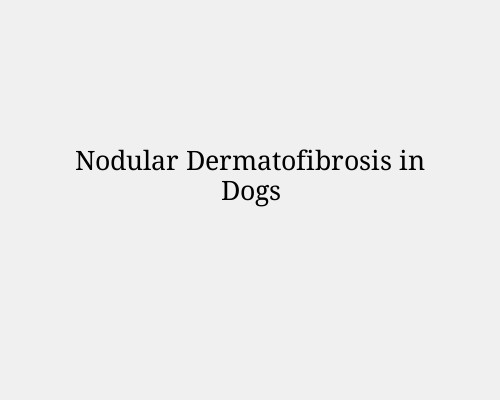How to Manage Vitiligo in Dogs
How to Manage Vitiligo in Dogs
Vitiligo is a rare skin condition in dogs characterized by the loss of pigmentation in the skin or fur. Though it is primarily cosmetic and does not typically affect a dog’s health, understanding how to manage it can help owners feel more in control of the situation. Here’s a comprehensive guide to managing vitiligo in dogs.
![]()
What Is Vitiligo in Dogs?
Vitiligo is a condition in which melanocytes (the cells responsible for producing pigment) stop functioning or die off. This leads to depigmented patches that appear on the dog’s skin or fur. While the cause is not fully understood, potential triggers include:
Genetics: Certain breeds are predisposed to developing vitiligo, including Rottweilers, Dachshunds, and Doberman Pinschers.
Autoimmune Disorders: The immune system may mistakenly attack pigment-producing cells.
Stress or Trauma: Sudden life changes or physical trauma may sometimes be linked to the condition.
![]()
Recognizing Vitiligo in Dogs
Vitiligo often starts as small, white patches on the face, nose, lips, or inside the mouth. Over time, these patches may grow or spread to other parts of the body. Depigmented areas can also appear on the fur, resulting in patches of white or gray.
![]()
Steps to Manage Vitiligo
Get a Veterinary Diagnosis
If you notice pigmentation changes, take your dog to a veterinarian to confirm the condition. Other conditions, such as fungal infections or autoimmune diseases, can mimic vitiligo’s symptoms.
Monitor for Changes
Vitiligo itself is not harmful, but it’s essential to monitor any changes in your dog’s condition. If depigmented patches spread rapidly or are accompanied by other symptoms like itching or discomfort, consult your veterinarian.
Sun Protection
Depigmented skin is more vulnerable to sunburn. Apply a dog-safe sunscreen to exposed skin, especially areas on the face, ears, or nose, before outdoor activities. Look for sunscreens specifically made for dogs to avoid harmful ingredients like zinc oxide.
Manage Stress
If stress or trauma is a possible trigger, try to reduce any potential sources of anxiety in your dog’s life. Provide a stable, predictable routine and offer plenty of mental stimulation and exercise.
Supplemental Support
Antioxidants: Some owners and veterinarians recommend supplements like vitamin E, omega-3 fatty acids, or turmeric for general skin health.
Melatonin: Though not a cure, melatonin is sometimes recommended to help regulate pigmentation in dogs with vitiligo. Always consult a vet before giving any supplements.
Nutritional Support
Ensure your dog is eating a high-quality, balanced diet rich in vitamins and minerals. Adequate nutrition can help support the immune system and promote healthy skin and coat.
![]()
Holistic and Alternative Therapies
While there is no scientifically proven cure for vitiligo, some pet owners turn to alternative therapies like acupuncture or herbal remedies. However, always consult your veterinarian before pursuing any alternative treatments.
![]()
Emotional Support for Your Dog
Dogs with vitiligo may not be aware of their appearance, but they can be sensitive to their owner’s emotions. Show them love and care to help them feel confident and secure.
![]()
When to See a Veterinarian Again
Though vitiligo itself is harmless, any changes in your dog’s behavior, appetite, or skin condition warrant a follow-up visit. Keep a record of changes and share any concerns with your vet.
![]()
Final Thoughts
While vitiligo in dogs is not curable, it can be managed effectively with proper care, monitoring, and attention. Ensuring your dog is comfortable and well-protected from sun exposure is key to maintaining their well-being. With your support and love, your dog can thrive despite any cosmetic changes caused by this condition.







